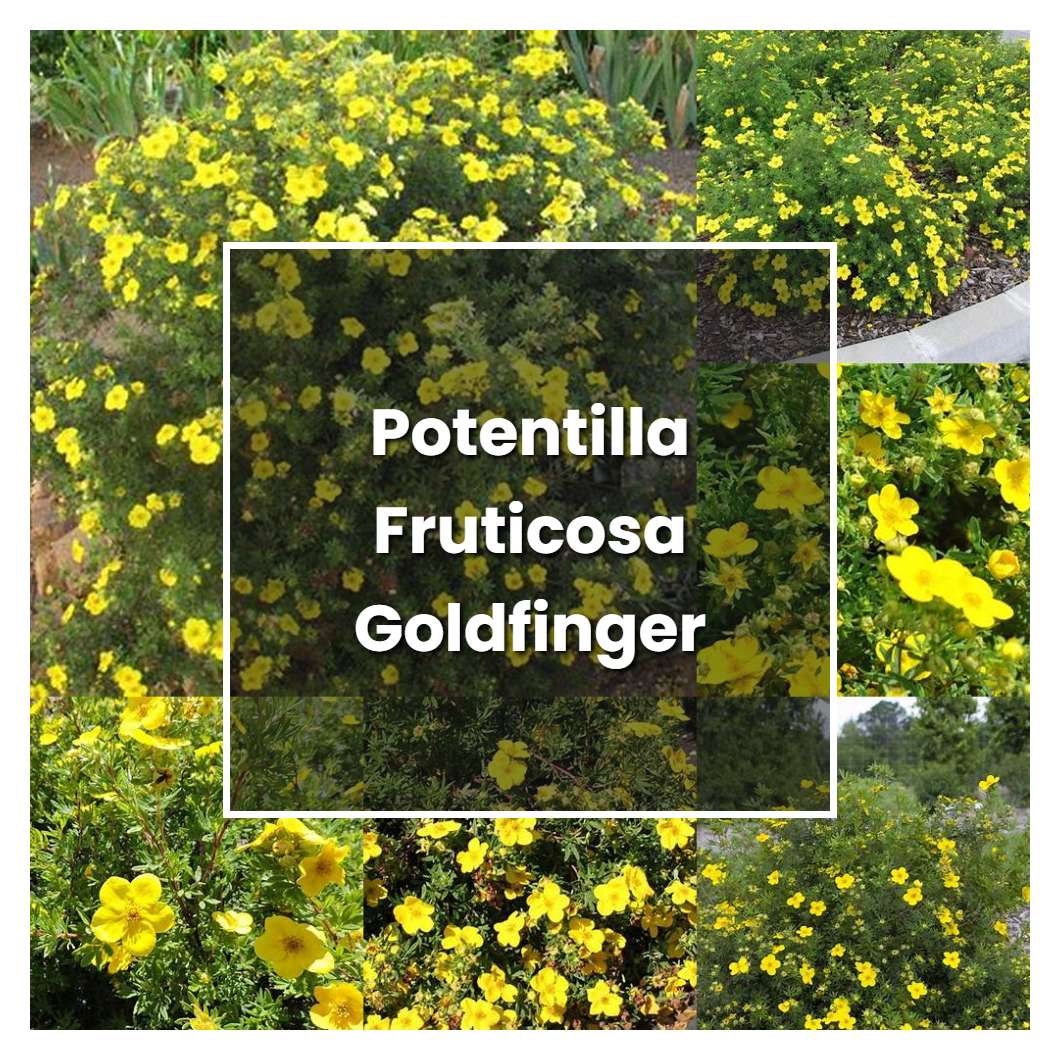Potentilla fruticosa goldfinger is a plant that is native to Europe and Asia. It is a member of the rose family and has yellow flowers. The leaves are compound with 3-7 leaflets. The plant grows to 2-3 feet tall and wide. It prefers full sun to partial shade and well-drained soil.

Related plant:
Potentilla Fruticosa Abbotswood
Related plant:
Potentilla Pink Beauty
About soil condition, the Goldfinger potentilla (Potentilla fruticosa) prefers well-drained, average to slightly moist soil, but it is quite tolerant of dry soil once established. It also tolerates a wide range of soil types, including sandy, loamy, and clay soils.
Similar to other members of the rose family, the potentilla fruticosa Goldfinger requires full sun to partial sun in order to produce its beautiful flowers. This plant is a great addition to any garden because it is very easy to care for and is tolerant to a wide range of soil types.
The temperature condition for potentilla fruticosa goldfinger is that it should be grown in full sun to partial shade. It prefers well-drained, moist to average soil, but will tolerate some dryness. It is somewhat tolerant of urban pollution. This plant is considered to be drought tolerant.
Ideal humidity condition for this plant is around 50%. If the humidity gets too high, the leaves will start to turn brown and drop off. If the humidity gets too low, the leaves will also start to turn brown and drop off.
Regarding fertilizer, this plant is not too fussy. A general-purpose fertilizer will work just fine. Be sure to apply it according to package directions. When it comes to the roots, Goldfinger cinquefoil is not particularly finicky. It will do just fine in average garden soil. Just be sure the soil is well-drained.
Pruning is an important part of keeping your potentilla fruticosa goldfinger healthy and looking its best. Pruning not only keeps the plant tidy, but also helps to promote new growth. When pruning, be sure to remove any dead or diseased leaves and stems. Cut back any leggy stems to encourage bushier growth. You can prune your potentilla fruticosa goldfinger anytime from late winter to early spring.
Propagation : You can propagate Goldfinger Potentilla by taking softwood or semi-ripe cuttings in late spring or early summer. Cuttings should be about 6 inches (15 cm) long and taken from the current season's growth. Remove the bottom leaves and insert the cuttings into moist, well-drained soil. Firm the soil around the cutting and water well. Keep the soil moist but not wet and in a few weeks, you should see new growth. You can also propagate by seed sown in spring, but it can be difficult to get the seed to germinate.
Usually, the plant growth rate during the spring and summer months. This is due to the increased amount of sunlight and warmth during these months. However, some growth can occur during the fall and winter months if conditions are favorable. Favorable conditions for growth include adequate moisture and moderate temperatures.
Common problems for this kind of plant are aphids, caterpillars, slugs, and powdery mildew. These pests can be controlled with insecticidal soap, neem oil, or horticultural oil. Powdery mildew can be controlled with a fungicide.
Source:
Potentilla | Landscape Plants | Oregon State University
Species: Dasiphora (Potentilla) fruticosa - Cornell University
POTW: Potentilla: University of Illinois Extension
